Zen is a popular school of Buddhism. An excellent illustration of Zen Buddhism is the rock garden, which is known as the Zen Garden.
In the Zen tradition, the gardens progress to an earthlier purpose, which is to remind practitioners that life can be simple and elemental. The first Zen gardens were called “meditation rocks” because of their simplicity. They are capable of radiating calmness, tranquility, and silence to anyone contemplating them.
6 Elements of a Zen Garden
- Ishi
Ishi (rocks) are the foundational items of Japanese gardens. They represent mountains, but they can also symbolise Buddha’s figure or a gesture of power and strength. Most Zen gardens are marked by a huge stone, which is a sign of welcome.
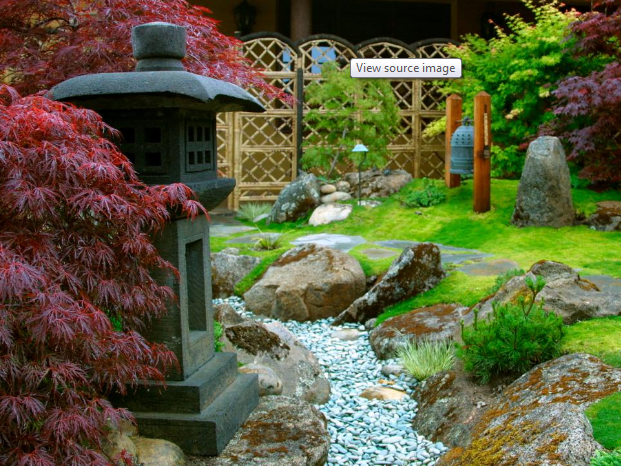
- Mizu
Mizu (water) is a vital element of life. This is found in streams, waterfalls, and ponds. A small fountain defines the water element. Water is for cleansing and purification. When walking beside or looking at a pond in a Zen garden, the empty space and stillness are important for reflection in a literal sense. Zen literally means “meditation” and water is an excellent conduit for such a practice. Dripping water signifies the passage of time and falls have numerous symbolic overtures.
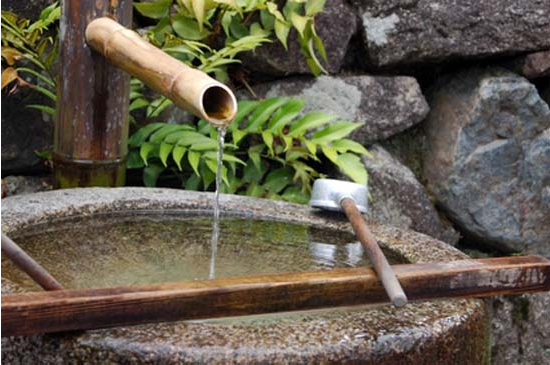
- Tenkeibutsu
Tenkeibutsu (ornamentation) is used as symbols of enlightenment. These include lanterns, basins, gates, and frogs. Statues of Buddha and other deities can also be present. Most traditional gardens keep ornamentation to a minimum, and each item has a clear purpose.
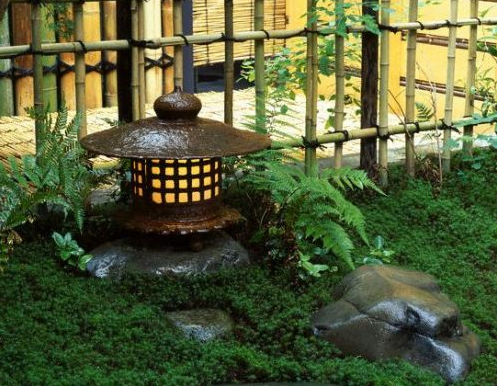
- Shokobutsu
Be careful when selecting shokobutsu (plants) for a Japanese garden. A well-loved feature tree is the cherry tree because of its delicate pink flowers during spring. Different pines, plum trees, and bamboo are often found in these gardens as well.
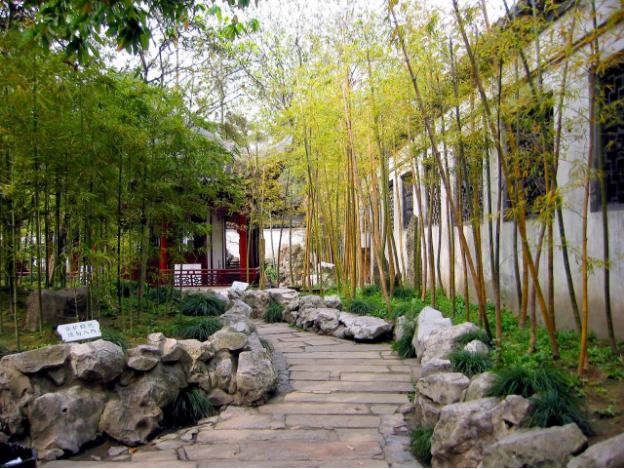
- Hashi
Hashi (bridges) symbolise the journey of a person between the multiple dimensions beyond, the planes of existence, the outer and inner, and the place that lies between worlds. A simple walk across the bridge signifies a man’s unity with nature.
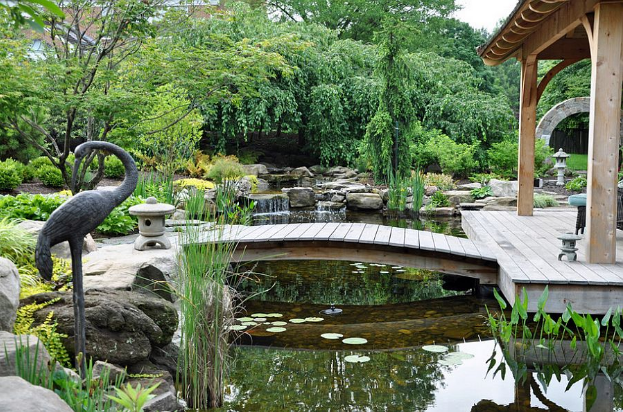
- Shakkei
Shakkei (borrowed scenery) is applied to support the interconnectedness of all in existence. This is an integral component of a Zen garden. A gardening expert will determine how to blend with the high, low, near and far surroundings gracefully and proportionately.
Landscaping With Feng Shui Principles
Feng Shui is a Chinese design philosophy that literally means “wind and water.” According to the traditional Chinese beliefs, wind and water are the sources of all “chi” or life energy. The chi brings blessings and abundance into your life and environment. So if you are designing your garden based on the principles of Feng Shui, you are encouraging the chi to flow throughout your space.
Having a good garden and landscape design goes beyond beautifying your outdoor space. By creating unique gardens using the principles of Zen or Feng Shui, you can also have a place of calm, truth and contemplation.
Consider creating your very own Zen garden
If you’re looking for professional garden design and landscaping services in Sydney, we can assist your landscape needs and provide you further guidance, please get in contact with us to book a free on-site consultation or give us a call now 02-9548 6024.

